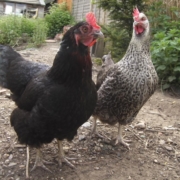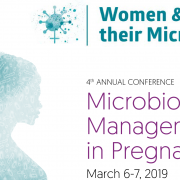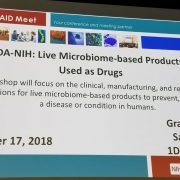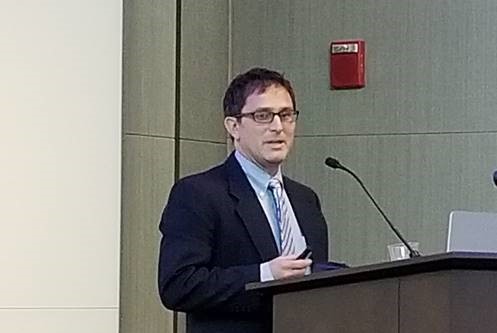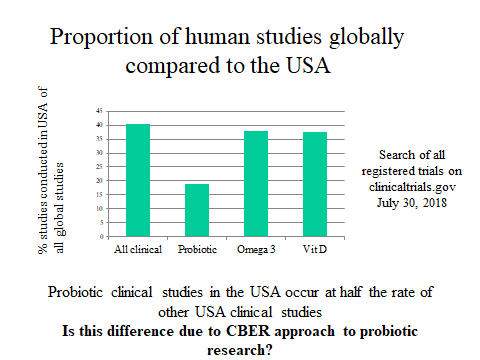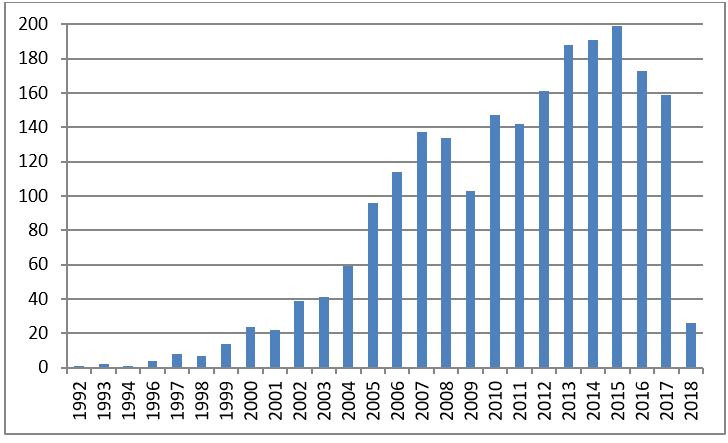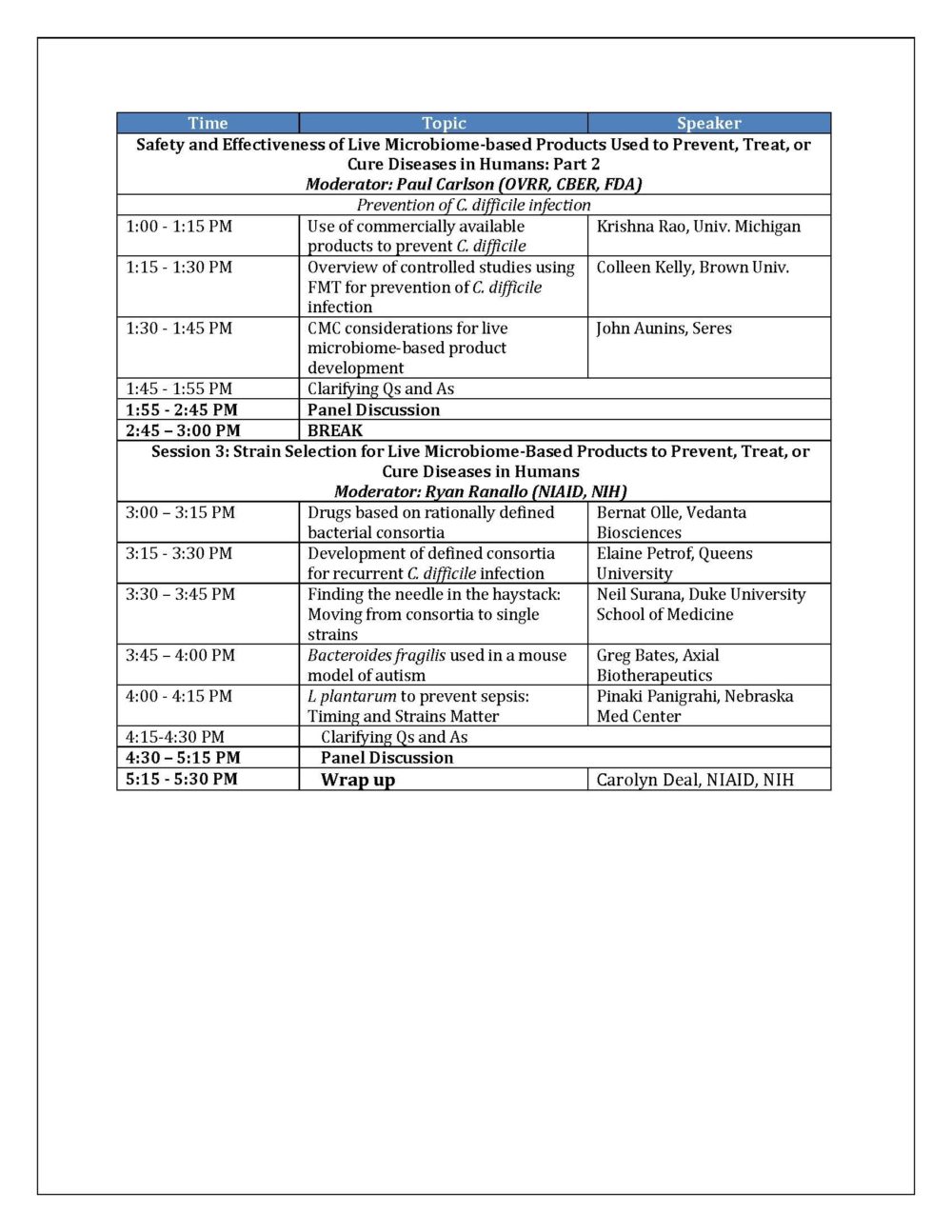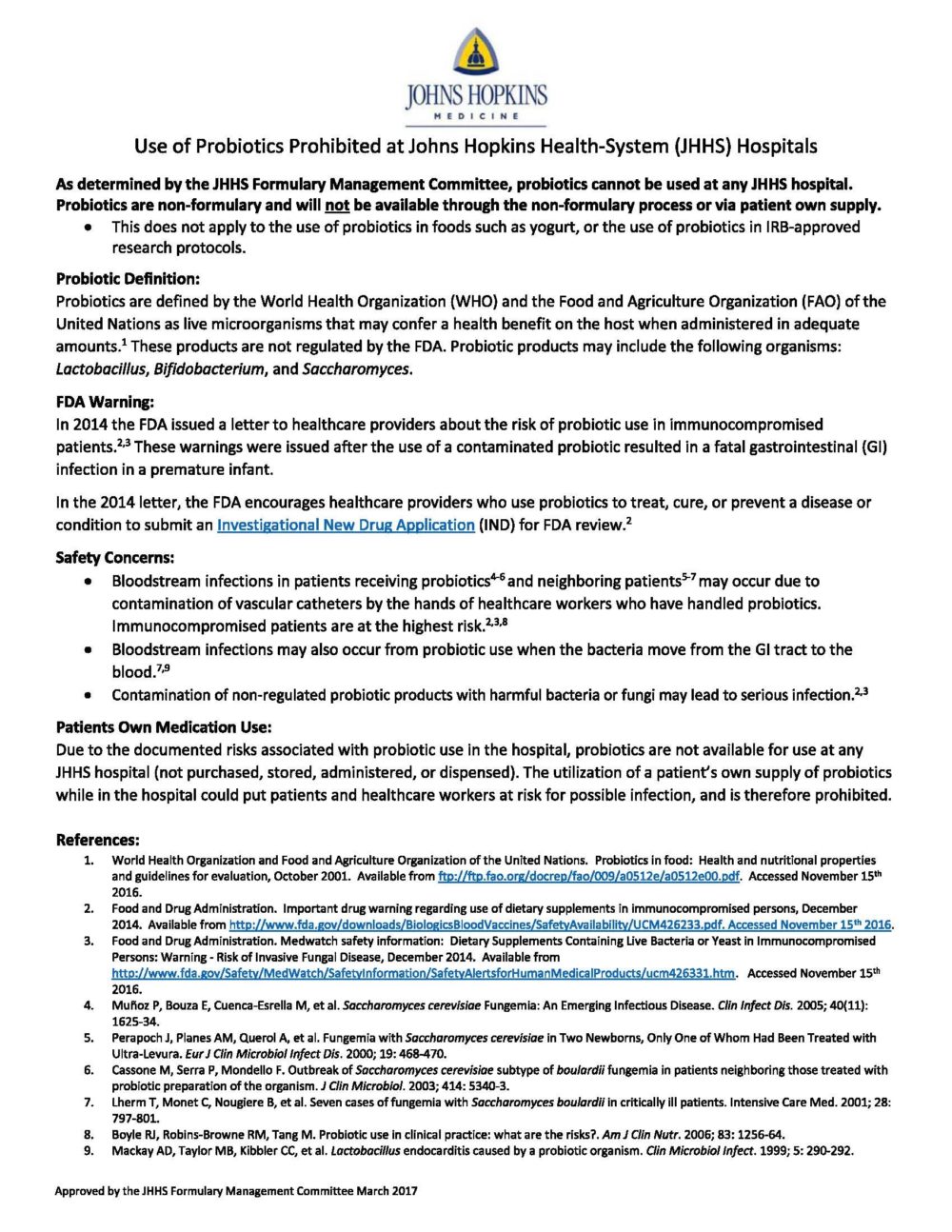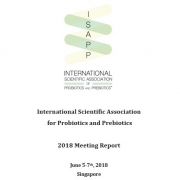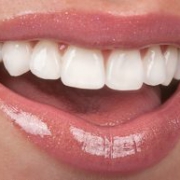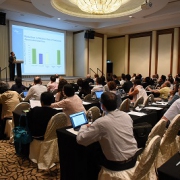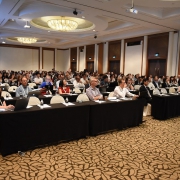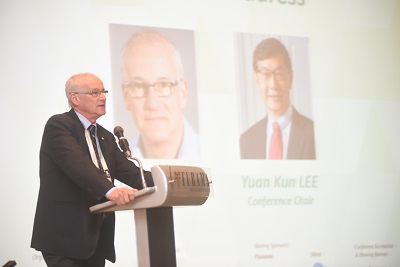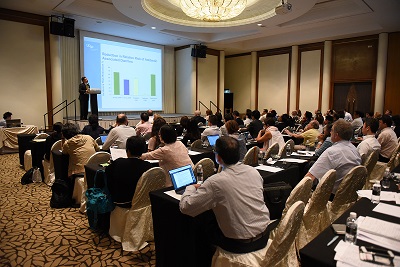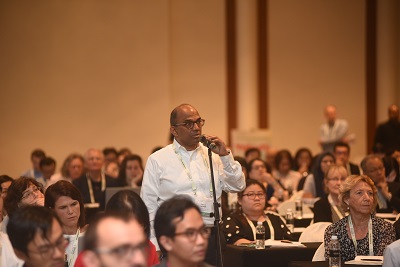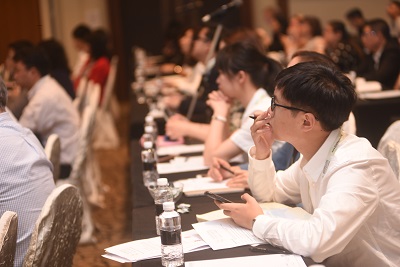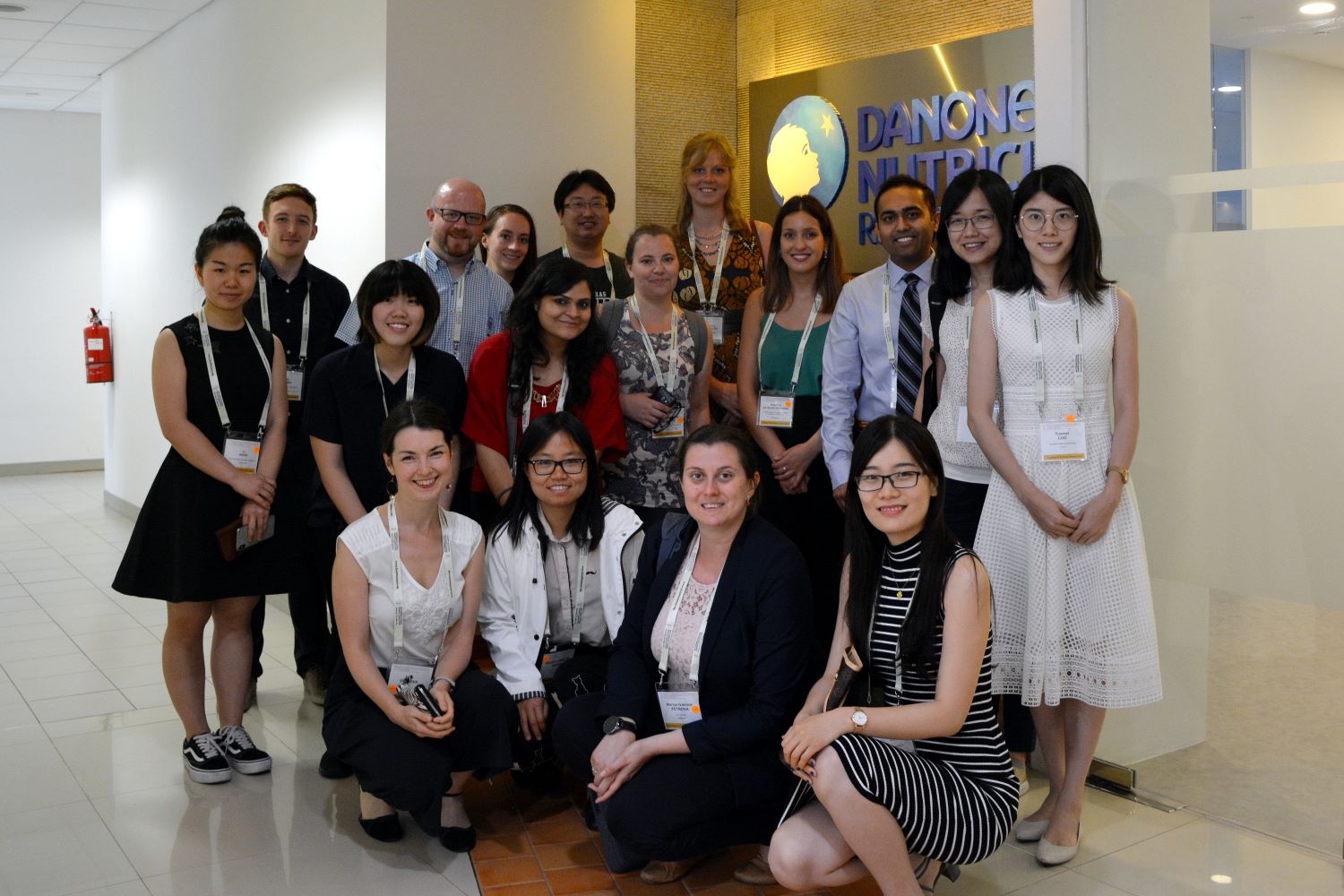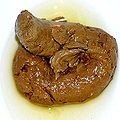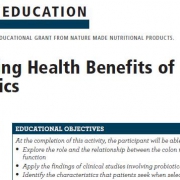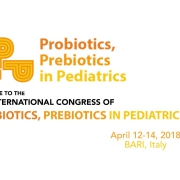Where does our food come from – why should we care?
Dr. Karen Scott, The Rowett Institute, University of Aberdeen, Scotland
The food we eat feeds our microbes, gives us energy and nutrition, and keeps us healthy. The choices we make about our food clearly affects our health, but also has a huge effect on the world around us. We need to make more effort to choose correctly.
Sometimes it seems that everywhere we look, someone has an opinion on what we should be eating. Television is full of programmes telling us how and what to cook – suitable for a range of abilities. In supermarkets we are continually targeted with special offers and promotions, encouraging us to buy things we do not need, that are not on our shopping list. In magazines there are page long adverts, letting us know many reasons why our lives will be enriched if we purchase product Y, and perhaps even how we will be missing out if we do not. Even newspapers print articles telling us which foods are “super” this week, and will endow us with youthful skin, long life, and/or a svelte figure. Next week there will be another article with a new superfood, and one demoting last week’s superfood to the “standard” food, or even demonising it completely.
Yet even with all this focus on what we should be eating, do we really care about where our food comes from? Shouldn’t we really be more concerned with the provenance and sustainability of our food, rather than whether it is “super”?
Quinoa is a grain with a high nutrient content, high protein content (including all nine essential amino acids) and is also a source of some essential micronutrients and vitamins. By popular measures, a “superfood”. Quinoa is primarily grown in South America (Peru, Chile and Bolivia) where it is an important dietary staple. The increased demand and resultant export of quinoa has contributed considerably to the Peruvian economy. On the other hand, the cost increases associated with the increased worldwide demand means that the local Andean population now struggle to afford to include this healthy food in their own diets. Additionally the enlarged land area now used for quinoa production has reduced the amount of land available to grow alternative crops, and this reduced diversity has a negative impact on soil quality and on wildlife. Not so “super”.
Another healthy food-fad with a negative environmental impact is avocado. The current demand for avocados as part of the ‘green smoothie’ revolution has resulted in considerable deforestation in Mexico to make way for avocado plantations. Avocado trees also need a lot of water, which, given that they are frequently grown in climates with problems of drought, is clearly not sustainable.
The other factor is price – we are constantly persuaded that we should be looking for the best deal, getting those “2-for-1 offers”, or buying our food in the specific supermarket “saving you the most on your weekly shop”. The reality is that we spend a smaller % of our income on food today than we ever have – and this is not because we eat less, far from it. But if we think about it, it is not the large supermarket that loses money when it introduces offers. Buy one get one free offers on, for example fruit, usually mean that the farmer is only getting paid for one of every two oranges sold. Is this fair? If you ask a people doing their food shopping if they think that milk should cost more than water – most people would say “yes of course”. Yet at the milk counter in the supermarket they automatically reach for the “special offer”, cheapest product. Sometimes the farmer gets paid less for the milk he sells the supermarket than it costs to produce. Again if you asked people in the shop if they thought this was fair, they would no doubt say no, but they still reach for the “special offer”, cheapest product. This is already driving smaller dairy farmers out of business. Is this what we want? We as consumers, as well as the supermarkets, have to take responsibility.
Similarly with meat products and eggs. Most people, when asked about the best and most humane ways to look after animals on farms, prefer the low density, outside methods often depicted in children’s story books. Yet when we reach the meat counter in the supermarket we are more likely to reach for the cheaper product than the one from the farm which assures humane conditions, but which may cost twice as much. Such farming methods are more expensive to run, so the products have to cost more. We have to make more effort to include our instinctive morality when we are actually making purchases of food.
We have also become accustomed to being able to buy anything, at any time of year. If we want to buy fruit that is out-of-season in our own country, it will be in-season somewhere else and can be flown across the world for display in our local supermarket. When we ask people if they care about global warming – most will agree that it is a big problem, threatening the world. Yet they will buy specific fruits or vegetables that have been flown 1000s of miles, in aeroplanes contributing CO2 emissions, without a thought. Locally produced food, eaten in season, completely avoids this non-essential contribution to global warming.
Feeding our microbes is easy – they just eat our leftovers. But perhaps we also need to think about them. Food produced in intensively farmed conditions contains more pesticide and antibiotic residues than foods produced less intensively. Depending where we live, imported foods may have fewer controls on additives and production methods than those produced locally. Although specific studies have not been carried out to gauge the effect of such residues on our microbes, it is likely that there will be an effect. The healthy compounds in fruits develop best when they are allowed to ripen on the bush/tree and are not harvested unripe and then transported across the world. Our ancestors ate fresh foods in season and produced locally. People living in remote areas of the modern world without access to the diverse range of foods in a supermarket have a more diverse, healthy microbiota than those of us consuming “western diets”. Our microbes do not need, and potentially do not want, intensively produced foods.
Many of us are in the fortunate position of being able to afford to pay a bit more for our food, and thus to support it being produced in the way we would prefer if we stopped to think about it. This is why we DO have to stop to think and not automatically reach for the cheapest product on the shelf. If we do not support farmers who are producing food in the most humane way, they will go out of business and we will be left with no choice but to buy mass-produced, often imported, food. Is this really what we want?
We have become so accustomed to paying less for our food, and looking for bargains, that we seem to care less about the quality and provenance than the price. Unless we change our outlook we will affect whole populations and environments forever. We need to stop the disconnect between our thoughts about what our foods should be, and what we actually buy, and we need to do it before it is too late.

